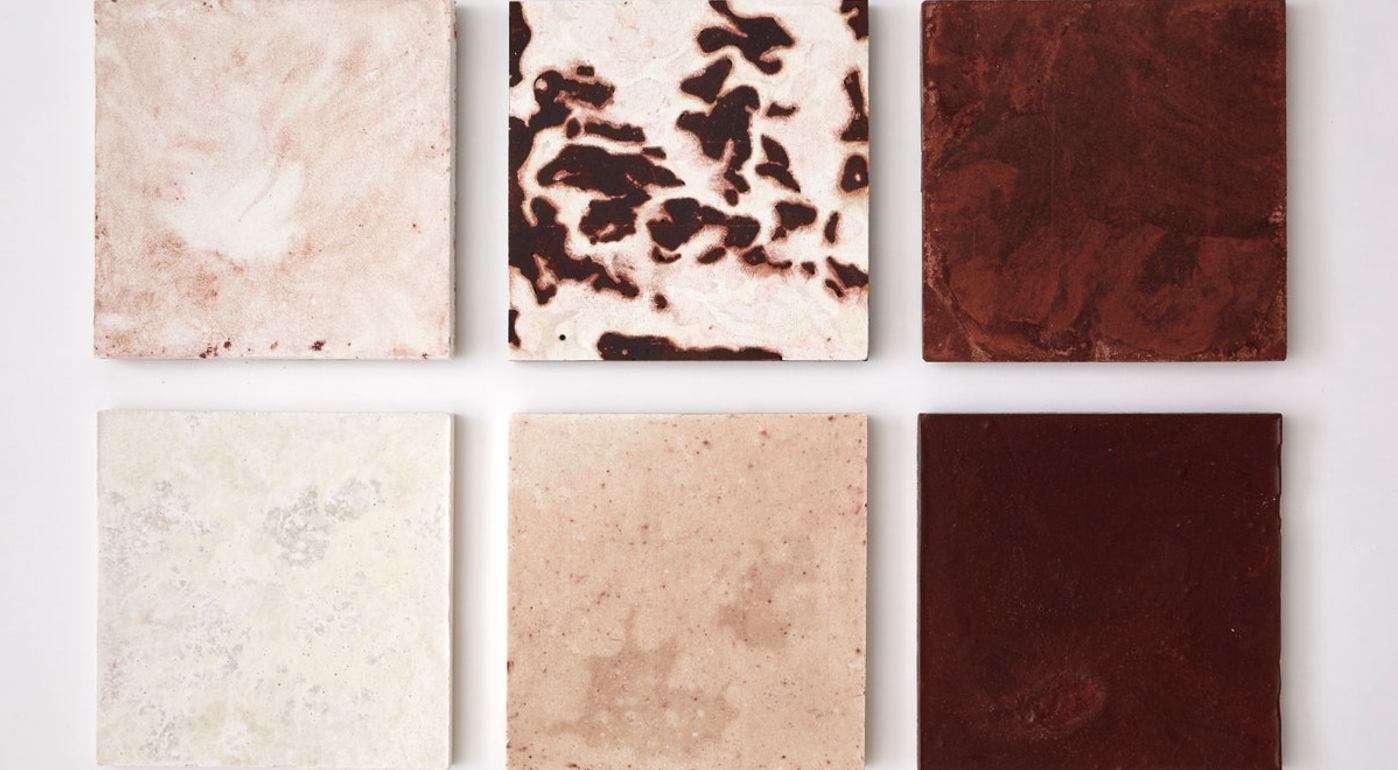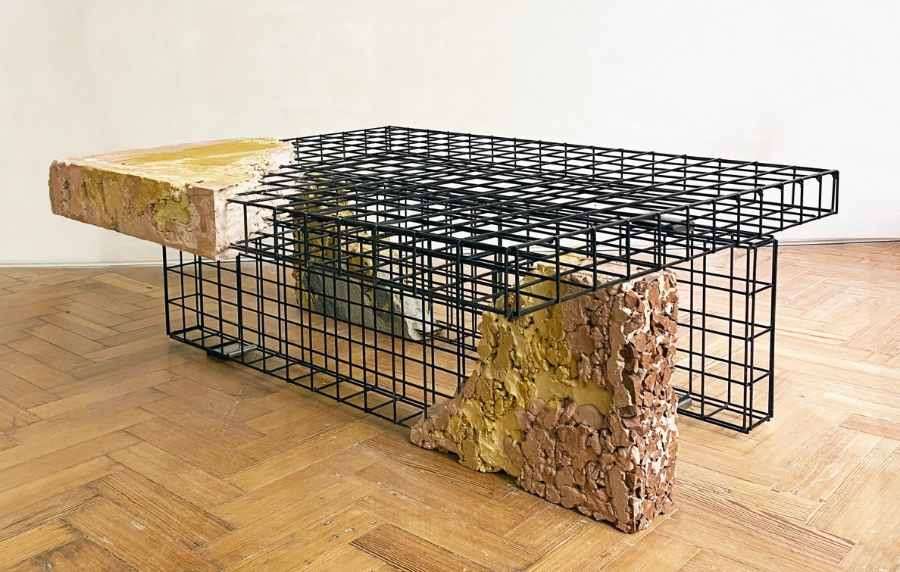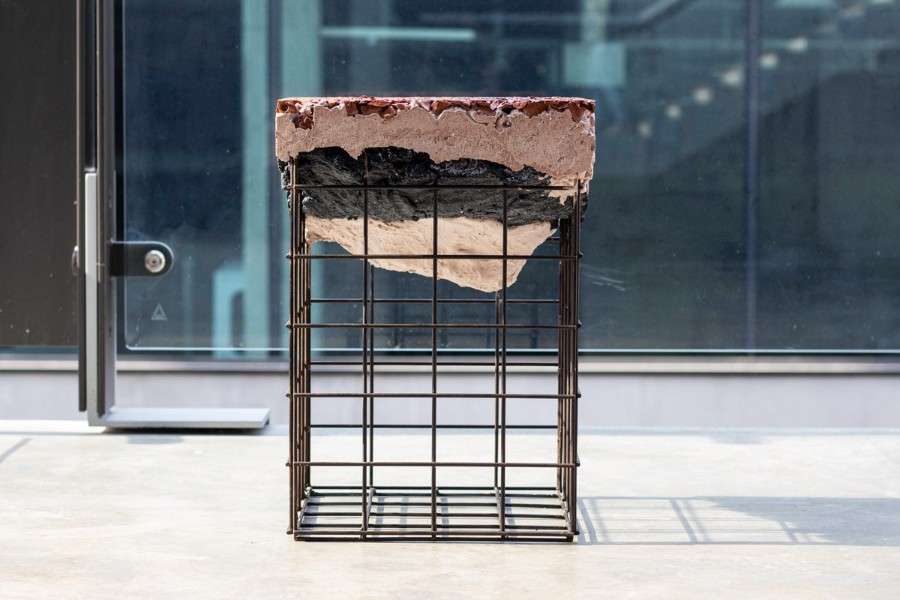Jet Flown by United Airlines Entirely Powered by 100% Plant-Based Fuel from Corn Stalk Waste
A plant-based fuel that reduces emissions by 505 was just used for the first time ever to power 100% of a United flight from Chicago to D.C.

What do an American crayfish, a Japanese weed, a French fashion label, and a British designer have in common? They are coming together to create a more sustainable bio-concrete.
Using Japanese knotweed and shells from American signal crayfish to replace the sand and rocks that make traditional concrete strong but extremely emissions-heavy, a pair of British designers—Brigitte Kock and Irene Roca Moracia—have created a truly unique material that's caught the eye of LVMH, a conglomerate which includes luxury brands Dior and Louis Vuitton.

Inspired by a hefty price tag of £1.8 billion ($2.4 billion) for the annual cost of removing invasive species like these two from the UK, Kock and Moracia discovered they could instead be used as the reinforcing agents in concrete.
Japanese knotweed has no predators in the UK, and because it slowly destroys asphalt and other surfaces, it is collected by specialist removers and incinerated. This ash is used like sand according to old recipes the Romans once used to make concrete, while the pulverized shells of the crayfish act like the gravel or rocks.
American signal crayfish undercut river banks and can lead to erosion and over sedimentation of waterways.
"We have played with the percentages and ratios to obtain really strong results," Moracia explained to Dutch publication Dezeen. "The final colors and textures depend on the curing time and the aggregate's chemical reactions with the binder and the water."
"We want to showcase the absurdity of the classification and disposal rules here in the UK that do not allow anything to be done with those species after they are treated and sealed in bags, while you can easily order those byproducts online and import them from China for example," said Moracia.

Jade green, dark burgundy, marbled colors, natural stone, or unpolished concrete, patrons can have their bio-concrete in many striking colors and textures.
Their project was commissioned by the Maison/0 graduate program at Central Saint Martins, an arts and design college based in London.
Organized by LVMH, the project aims to create sustainable versions of building materials for use in their luxury stores. Just to create cement, with which one must mix sand, gravel, and water to get concrete, the process creates 0.6 tons of CO2 per ton of cement. Sand mining is incredibly carbon-intensive as well, as are other forms of mining to acquire the gravel.
Any structurally-viable alternative would be welcomed by firms worldwide looking to reduce their emissions. But rather than simply inventing a less-bad alternative, Moracia and Kock wanted to make one that actively improved the environment.
GREAT Design Should Be Shared; Show Others This…
Be the first to comment